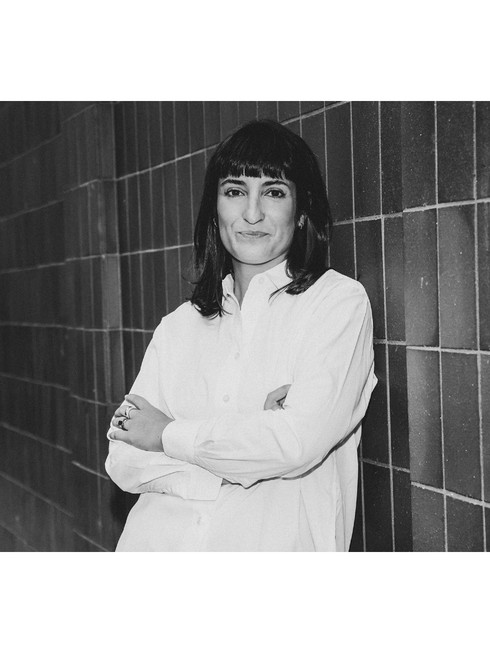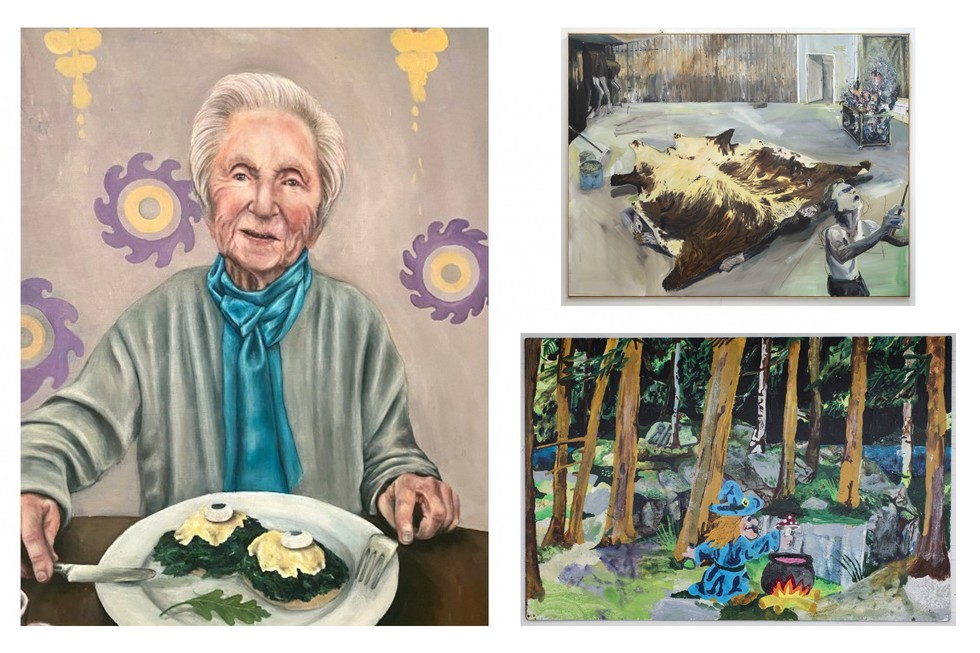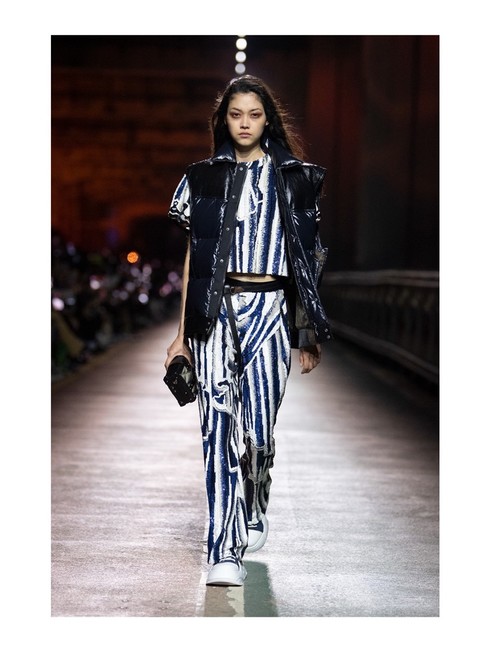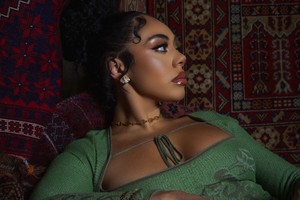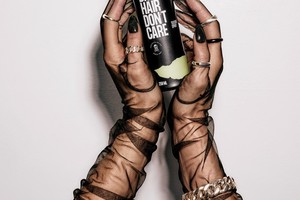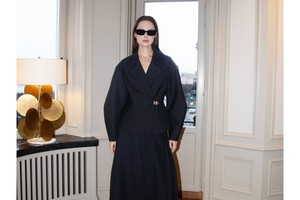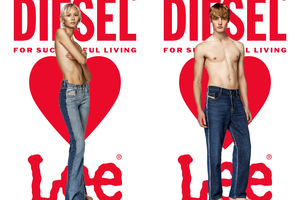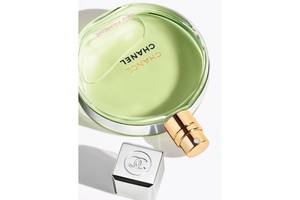Saskia Neuman
Written by Art & CultureSaskia Neuman Gallery represents Nordic and internationally based artists. The exhibition program reflects a strong focus on early and mid-career artists, often previously not exhibited in Sweden’s commercial gallery sphere. In addition, the gallery hosts a variety of happenings, including talks, performances and other events.
What are you working on right now? / Tell us about your exhibition during Stockholm Art Week?
I opened Saskia Neuman Gallery in September 2022. The gallery’s program is focused on introducing already established artists to the Stockholm contemporary art sphere as well as premiering early/young artists. We’re opening Swedish artist Harry Anderson’s (b. 1986) first solo exhibition in Stockholm; The Flesh is Weak — Köttet är svagt a week before Stockholm Art Week. Harry show introduces an array of new work, ceramic sculptures, primarily busts, as well as a few other surprises. For Stockholm Art Week we’re hosting a special gallery breakfast on the 13th of May, together with several of the neighboring galleries. We open at 10am, the artist will be present and there will be croissants and coffee for all.
What do you think of Stockholm as an art city?
Stockholm is incredible for contemporary culture overall, especially art. In the recent years several galleries have opened, along with interesting project/artist-run spaces. There is constantly something new to see. Lately I feel there is a new energy when visiting exhibitions, whether at a commercial gallery or an institution — audiences are hungry and excited.
Do you have a favorite Swedish Artist?
I have stopped playing favorites — there are so many. Obviously, the artists the gallery represents are wonderful. My goal is to create and maintain a program that really peaks audiences’ interest… creating a space for discovery and making contemporary art accessible, while insisting on an ambitious program.
Do you have a favorite bar or restaurant in Stockholm?
Bar - Svallerhörnan or Tudor Arms… I also like Schmaltz.
Restaurant - Formosa, great Chinese food in Gamla Stan (The Old Town).

